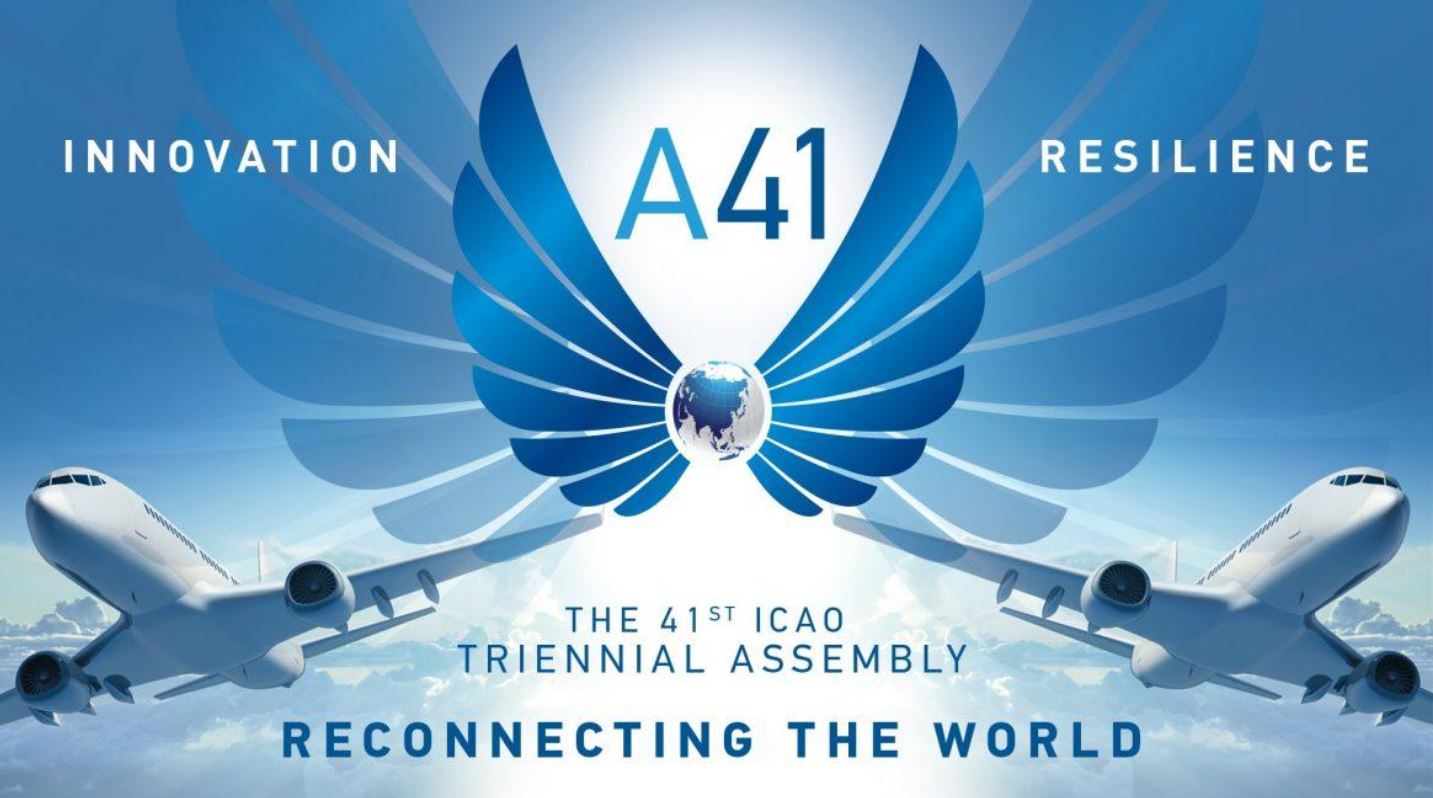
ICAO States should “explore strategies and measures for the potential modernisation of the airspace legal framework to address emerging multi-level governance issues in the context of future UAM services/operations and alignment needs across mobility sectors for future integrated mobility operations,” according to a working paper presented by the International Coordinating Council of Aerospace Industries Associations (ICCAIA) and the Airports Council International (ACI) at the 41st ICAO assembly currently taking place in Montreal, Canada.
Other recommendations from the paper include States needing to “assess impacts on existing ICAO annexes with regard to multi-level governance of the very low altitude airspace and develop an action plan accordingly; and consider a mechanism to bring together representatives of cities of the future, construction associations and aviation, including start-ups/scale up representatives, to align the specific roadmaps towards an integrated system of governance.”
In its executive summary the paper notes “Urban Air Mobility (UAM) will provide future mobility for passengers and goods in cities and regions” but that societal acceptance of UAM is an ever-increasing factor determining the success or failure of future urban commercial aviation. One aspect of concern identified “relates to the role of non-aviation actors in the management of the very-low airspace that is considered by local authorities as an extension of the public space. Another aspect relates to the benefits of UAM operations/services as a complementary means of mobility to existing ground mobility systems. This has created an emerging multi-level governance issue whereby the responsibility for planning, development and ultimately management of very-low level airspace is not always clear.”
The working paper, following discussion of key topics concludes with the following:
“The development of UAM is becoming a reality that positions commercial aviation in a new era in terms of urban and metropolitan areas. Several aspects will need to be considered in a global, integrated and holistic approach by ICAO.
- “Modernisation of the legal/governance framework in the emerging domain of urban innovation by involving local authorities as the new important stakeholder. Existing forums such as UIC2 in Europe and the World Economic Forum’s Cities and Regions Coalition can serve as a conduit for ICAO engaging with relevant local authorities.
- “Positioning the aviation sector at the forefront of leading the coordination and convergence with ground mobility stakeholders in the context of enabling a citizen-centric approach to the responsible integration of UAM operations/services with sustainable urban mobility plans of cities and regions.
“The successful development and implementation of UAM should be founded on a holistic policy on integrated and sustainable urban mobility that will require the development of an integrated UAM regulatory framework across transport sector.”
For more information
(Image: ICAO)

